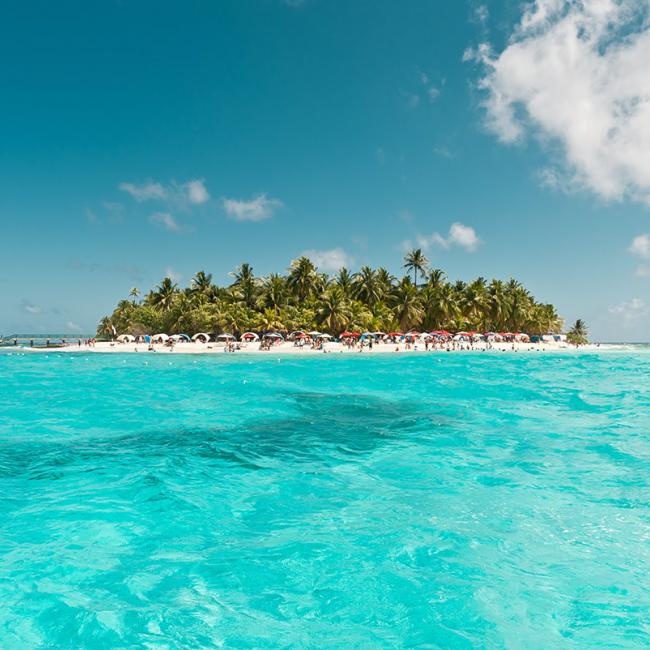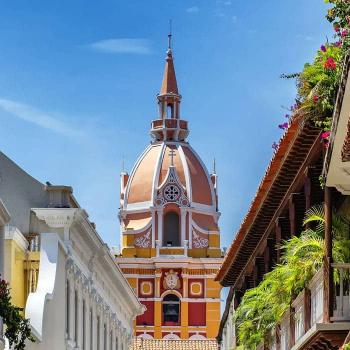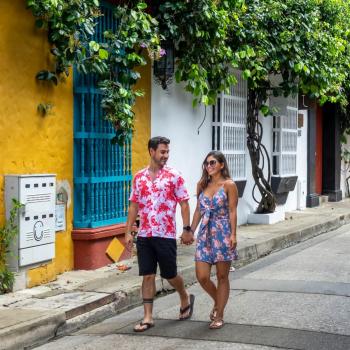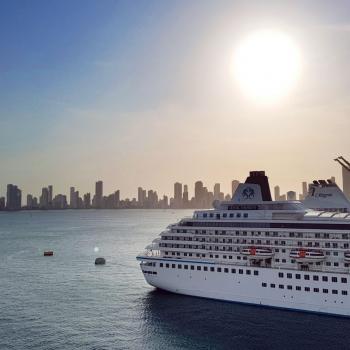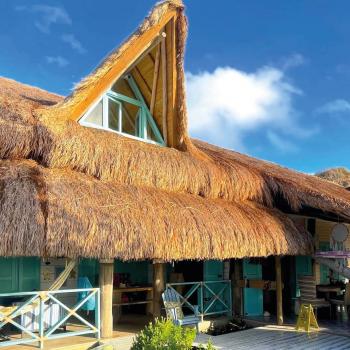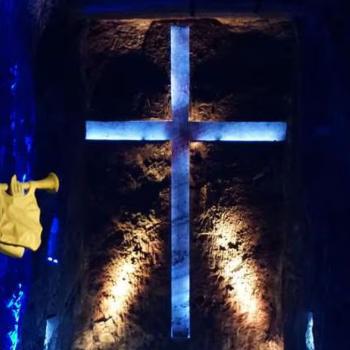Among the most iconic fortifications of "La Heroíca", the Walls of Cartagena are the most recognized. It was a project that lasted nearly two centuries and ended in 1796, constructed with the aim of defending the city from the continuous pirate attacks that it suffered. The historical center is surrounded by 11 km of imposing stone walls that are complemented by fortifications and bastions, from which you can watch wonderful sunsets over the Colombian Caribbean.
History of the Walls of Cartagena
It was built at the end of the XVI century for the defense of the city. Its construction began on September 8 of 1614, after the attack of the legendary Sir Francis Drake and by order of King Philip III. The Italian architect, Carlos de Roda Antonelli, was responsible for the first stage of construction, which took 15 years, during which 15 bastions were built with the clear influence of Italian style. Later, in 1608, Cristóbal de Roda was commissioned to fortify the vast majority of the city that faces the open sea.
While this fortress was being built, the city was constantly being invaded by pirates. Therefore, the defense was complemented with the imposing Castle of San Felipe and a set of underwater breakwaters located on the island of Tierrabomba.
In 1631, Francisco de Murga began fortifying the entire neighborhood that today captivates the imaginations of travelers from all over the world, the Gethsemane neighborhood. Later on, underwater caissons were built, forming a breakwater in front of the walls on the route between Punta Icacos and Tierrabomba by Antonio de Arévalo, to prevent the passage of ships through Boca Grande.
It took 200 years for this majestic military structure to be completed. Take the walls protecting the Historical Center of Cartagena as a prime example. Established with the foundation of Cartagena de Indias in 1533 and considered one of the most important ports of America throughout the entire Spanish colonial period, it wouldn’t be finished until 1796. With its bay protected by the Spanish military, its impregnable forts and walls, and its proximity to Panama City, this was undoubtedly a key fortress.
You may be interested: Cartagena de Indias: always colorful, beautiful, and romantic.
The Walls: UNESCO World Heritage Site
It is the most preserved and complete fortification in South America, and one of the best walled cities in the world. It runs along the 11 kilometers of the walled cordon, one of the most important attractions of Cartagena, declared a World Cultural Heritage Site and an invaluable treasure that has resisted the attacks of invaders, time and nature.
Built to keep enemies away, today the Walls are a symbol of Cartagena, inviting travelers to enter a city full of history and unique character.
How old are the walls of Cartagena?
By the year 2020 the preserved Walls of Cartagena will be 406 years old. These walls have witnessed countless struggles and the evolution of Cartagena, which is known as the "Heroic". The walls are a jewel of architecture and military engineering, a very well preserved historical piece which we can now tour and enjoy when visiting this beautiful Colombian city.
How do you get to the walled city of Cartagena?
The walls of Cartagena de Indias are located in the Historical Center, in the walled city. This is a 15 minute drive from Rafael Núñez International Airport if you are arriving from abroad or another city. If you are utilizing ground travel, it is 45 minutes from the Cartagena Transport Terminal. Upon arrival you can enjoy a tour of the city walls and streets of the walled city and discover the history of the colonial city.
You may be interested: Colonial architecture in Cartagena.
Eat ceviche in front of the clock, dance champeta and other musical genres in the incredible bars inside and outside Barrio Getsemani, and watch the beautiful sunsets from the Wall.








